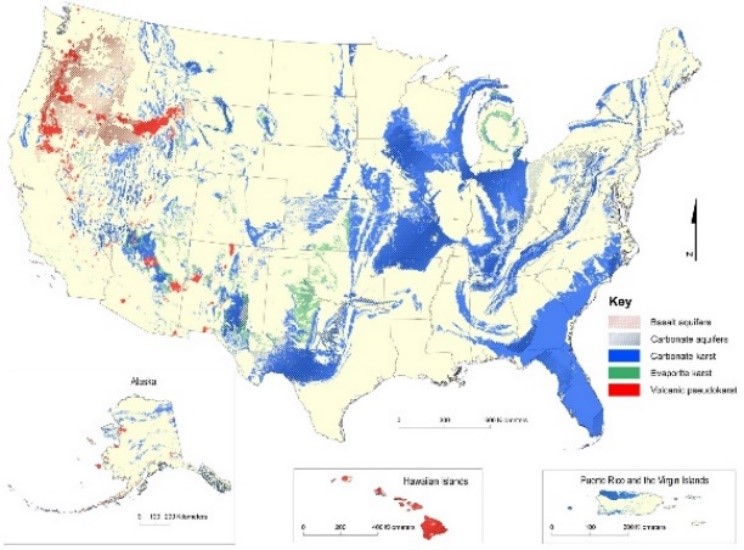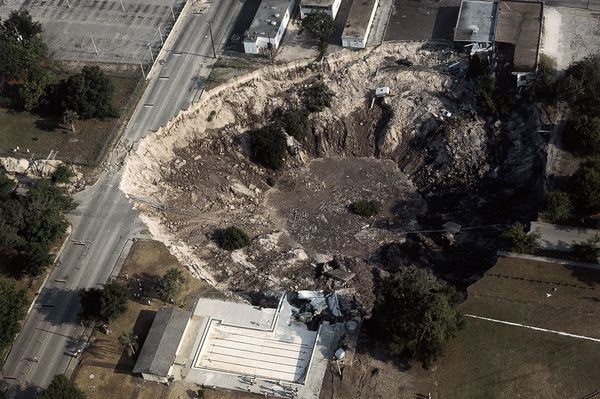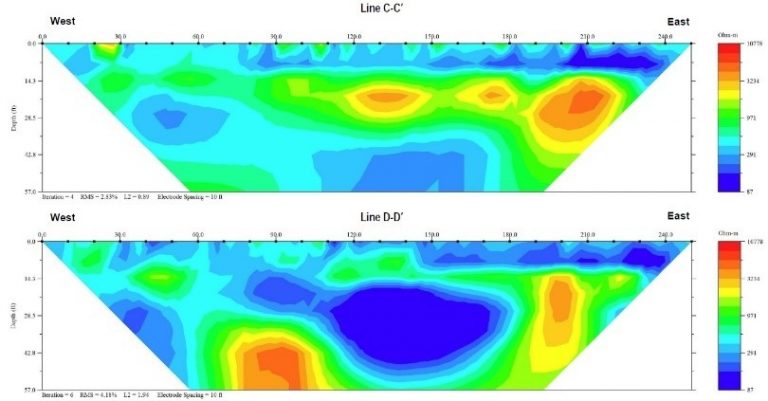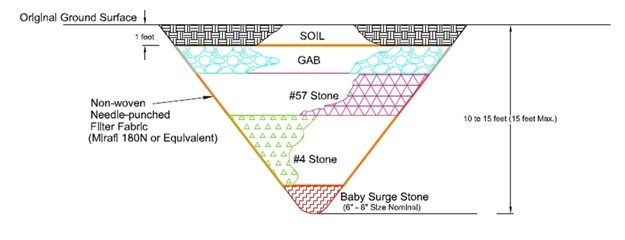Karst

- I want to say one word to you. Just one word.
- Yes, sir.
- Are you listening?
- Yes, I am.
- Karst
There are many definitions of Karst. Following are some of the more succinct ones: Dictionary.com: “an area of limestone terrain characterized by sinks, ravines, and underground streams”; Merriam-Webster.com: “an irregular limestone region with sinkholes, underground streams, and caverns”; US Geological Survey: “A distinctive topography that indicates dissolution of underlying soluble rocks by surface water or ground water."
Why is this of any concern? Because many people live in Karst terrain areas, and we have to overcome the challenges and problems posed by Karst. Although all Karst problems are not as spectacular as the 1981 Winter Park, Florida sinkhole, which swallowed an entire house, several Porsches from a car dealership and part of a City swimming pool, to every owner any sinkhole feels just as big.
Of more recent history, the Corvette Museum sinkhole in Kentucky was not as big as the one in Winter Park, Florida, but it was a particularly spectacular and damaging case.

Natural sinkholes are a manifestation of loss of overburden soil caused ultimately by voids in the underlying rock. Soil loss requires the creation of one or more pathways for soil and water to migrate into the underlying void. Classic sinkhole triggers include a natural or man-caused lowering of the groundwater level, removal of soil overburden through mass grading, installation of piles, application of heavy surface loads (buildings, pavements), etc. And sometimes, without any discernible reason, nature does what nature does.
Geo-Hydro has helped our clients on many sinkhole projects involving initial assessment, exploration and evaluation, development of remedial measures, and inspection and testing of restoration work. Depending on the location and the risk to life and property posed by a given sinkhole, the process can be quite hectic and fast-paced.

The risk of sinkhole development can be investigated using geophysical methods as well as direct exploration involving borings and test pits. A common geophysical technique used to identify subsurface anomalies that may indicate the potential for sinkhole development is electrical resistivity. Electrical resistivity identifies zones within the soil overburden that show very high or very low electrical resistivity in relation to the overall soil matrix, indicating the presence of rock, or more pertinently, an air-filled void (high resistivity), or very wet materials indicative of remaining mud pockets or solutioned zones (low resistivity). Solutioned zones or mud pockets are toothpaste consistency materials left from the dissolution of the parent rock.
Geo-Hydro can deploy and use various techniques to evaluate and identify sinkholes or the potential for sinkhole formation and recommend remedial measures for repair of sinkholes as well as preventive measures to manage the risk of future sinkhole development.
Typical remedial measures involve exposing the throat or opening to the underlying rock, “plugging” or “choking” the throat, and backfilling the hole using an inverted filter. However, in emergency situations, filling the sinkhole with concrete or grout may be the best way to go, albeit quite expensive.

Although all sinkholes may appear to be essentially the same, every natural sinkhole is different and unique. Evaluating, understanding, and eventually developing the right sinkhole stabilization approach requires having the tools and experience necessary to tackle the problem.
Let’s hope you never do, but in case you ever get that Karst sinking feeling, Geo-Hydro will be ready to tackle the problem and provide a practical and efficient solution.
